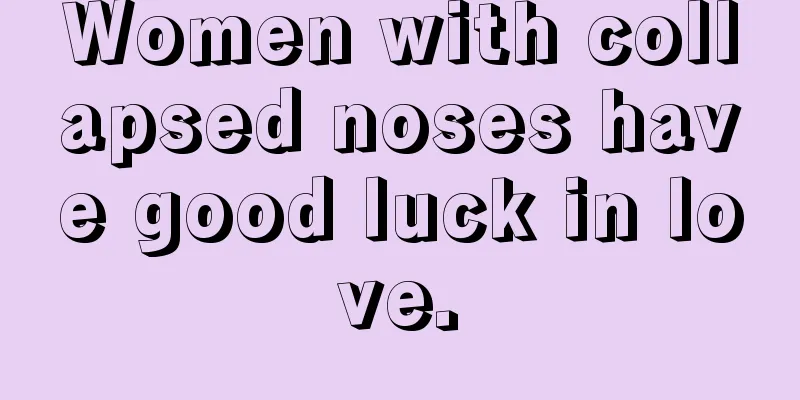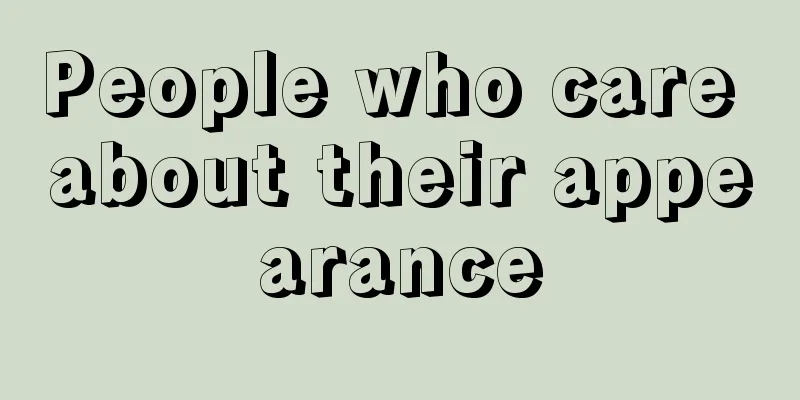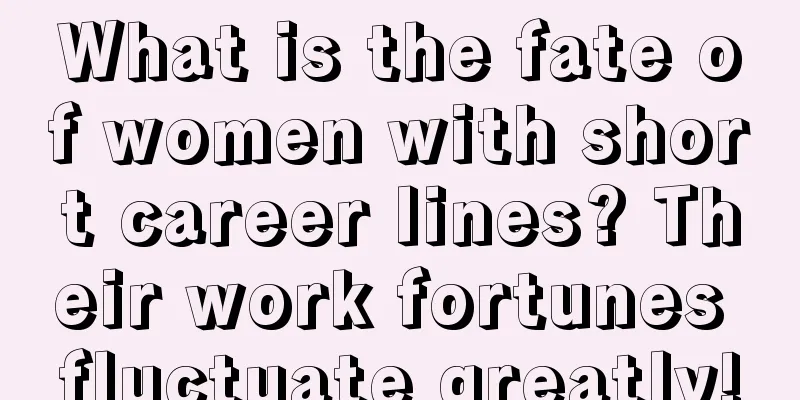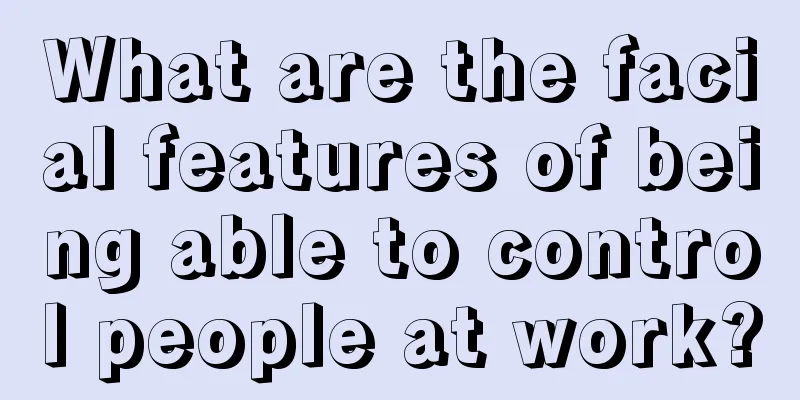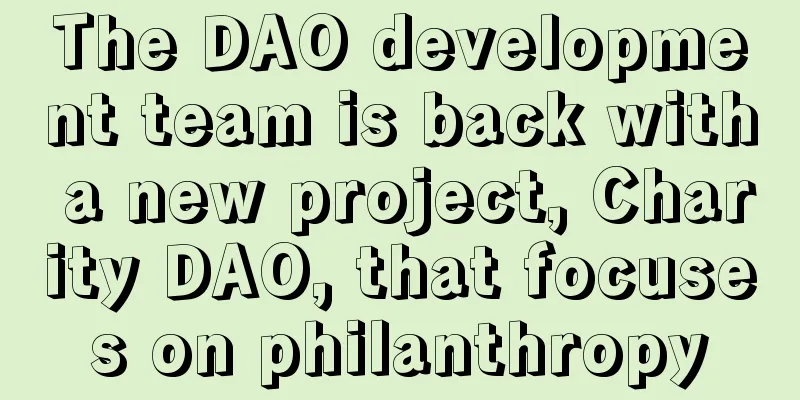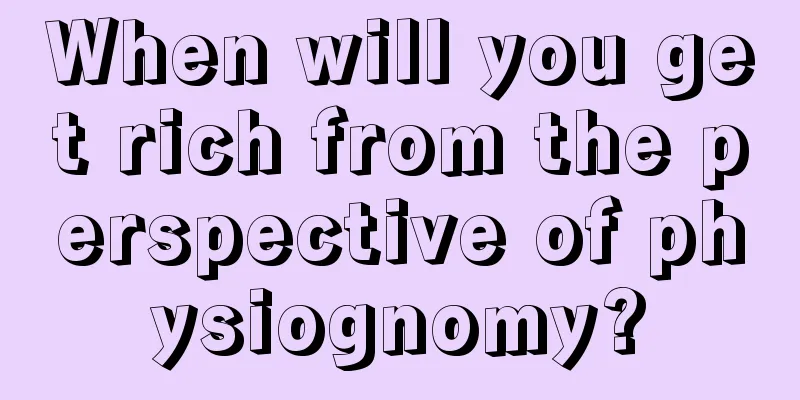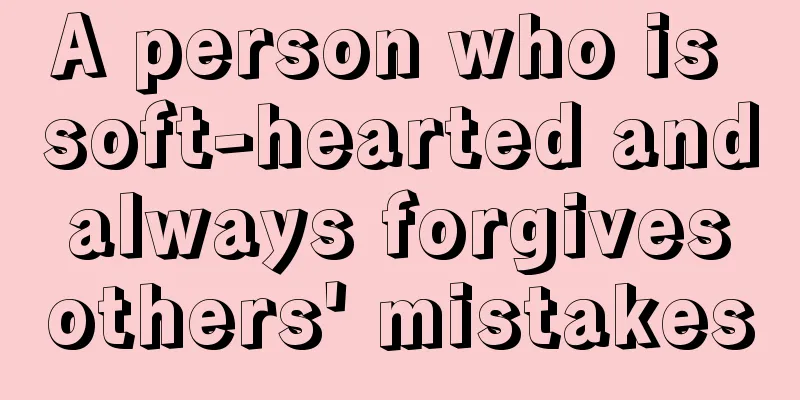Goldman Sachs is betting on blockchain and fair and transparent transactions
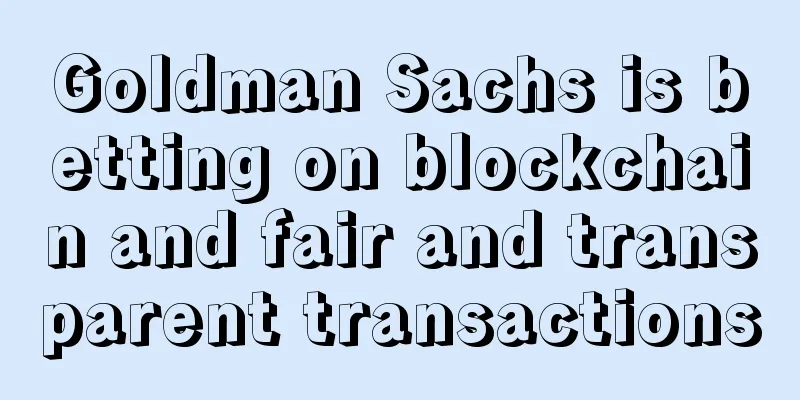
|
Editor's note: The mission of Blockchain technology is to disintermediate and disintermediate. So where will the many banks, securities registration and settlement institutions, and fund companies that rely on intermediaries for their livelihoods go? R3 CEV quickly grasped the needs and pain points of market practitioners, and successfully captured the hearts of 30 banks. Financial practitioners should read this article. The Financial Times has always reported accurately, and this time is no exception. Thumbs up to the Financial Times! ————- Goldman Sachs is betting big on blockchain. This week, the US investment bank filed a patent application for SETLcoin, a virtual token system that it developed last year and that would provide “near-instantaneous execution and settlement.” As we all know, the most famous blockchain application is the controversial Bitcoin, but Goldman Sachs is just one of many financial groups seeking to apply blockchain technology. At about the same time, Bank of America also applied for a patent "Note ①" to use similar technology to implement a transfer system. Nasdaq also recently launched the blockchain-based Linq system to help small and medium-sized enterprises that are not publicly listed to grasp their equity trends. Essentially, blockchain is a digitized double-entry bookkeeping system. Unlike past systems that had just one bookkeeper, the information is located in a shared database that all participants can access. It works a bit like Lego. Each transaction is connected to the next, allowing all the data to pass through it. The system is designed to make editing or forgery impossible. In principle, this means that when rights are transferred from one account to another, the flow of a particular currency or share can be tracked. Enthusiasts say that the system can also be used to set up automatically triggered future transactions, that is, if stock index A reaches level L, this will trigger derivative contract C: causing D to pay E. (Editor's note: smart contract) In principle, cutting out the work of central bookkeepers could speed up transactions and reduce costs. It could also potentially eliminate most of the registry settlement agencies because counterparty risk is eliminated. Blockchain may also help level the playing field in financial markets. If all participants can see previous trades and expenditures, hedge funds will have to work hard to gain a competitive advantage over ordinary traders. Banks will also have a hard time, as it will be difficult to define different prices for different clients to gain excess profits. Increased transparency will also make it harder to manipulate prices or place large orders in advance. But there are significant obstacles. Having centralized record-keeping makes data easier to store, but the overload of information can also paralyze the system. Many experts believe that blockchain technology cannot work fast enough to meet the needs of high-frequency trading. Security is also a big issue. Some blockchain systems are open to all participants. Like Wikipedia, they rely on consensus and collective memory to weed out fakes and errors. In the case of Bitcoin, this has led to a large number of invalid transactions. Most banks have embraced a more closed system, where only those permitted participants have the right to add transactions to the blockchain database. To make this solution work, bankers have to work with peers (or competitors) to develop a universal system. So far, 30 banks that recognize this problem, including Goldman Sachs and Bank of America, have joined a joint blockchain development project, R3 CEV. Bankers have another reason to work together: a closed blockchain system will partially preserve their own information advantages and may also help to prevent challengers. If it works (and it probably will), along with the banks, society as a whole will benefit. The information chain should make it easier to prevent terrorist financing and money laundering, freeing up precious bank funds, while also speeding up the recovery of criminals' proceeds. Advocates say blockchain can create a fairer, more efficient trading system. And maybe, just maybe, Goldman Sachs and other banks are the good boys in this particular game. Original link: http://www.coindesk.com/bank-of-america-cryptocurrency-wire-transfer-patent/ |
<<: Foreign media: Bitcoin will flourish in 2016
>>: The impact of SEPA instant remittances on the European Bitcoin trading market
Recommend
Big Four accounting firm PwC’s blockchain development strategy: Think big, start small
Rage Comment : PwC, one of the Big Four accountin...
The total stake of the Filecoin network is currently about 65.73 million FIL
The current block height of the Filecoin network ...
Jack Ma invests in blockchain, and his holding company Hang Seng Electronics makes a strategic investment in Symbiont
On May 5, blockchain startup Symbiont raised an u...
Is the fortune of a person with a chin upturned good or bad?
Woman with upturned chin A woman's chin looks...
How to see life from face
The fate of a person's life can be seen from ...
Fund outflow hits a one-year low, miners are still hoarding Bitcoin
On-chain data shows that Bitcoin miners are still...
Will the increase in USDT issuance drive Crypto inflation?
Coinage is more friendly to price increases, but ...
A complete analysis of the facial features of women with villains. What are the characteristics of villain facial features?
In life, people are often afraid of villains. If t...
Analysis of the three lucky features of women
There are good and bad facial features, so what do...
Breast shape tells a woman's life
Every woman cares about her breasts without excep...
Ten questions and answers about the central bank's digital currency DCEP
Text/Li Lianxuan 1. What is the difference betwee...
What does the vertical lines on the philtrum represent and what does it mean for your fortune?
The philtrum actually has a very important influe...
What does a mole on the outside of your wrist mean?
One of the factors that influence destiny is the ...
Loyalty to love
Loyalty to love In love, everyone hopes that thei...
The first customer signing meeting of XYCC Lucky Pregnancy Chain based on blockchain technology was successfully held in Guangzhou
On July 22, 2018, the first special preferential ...
